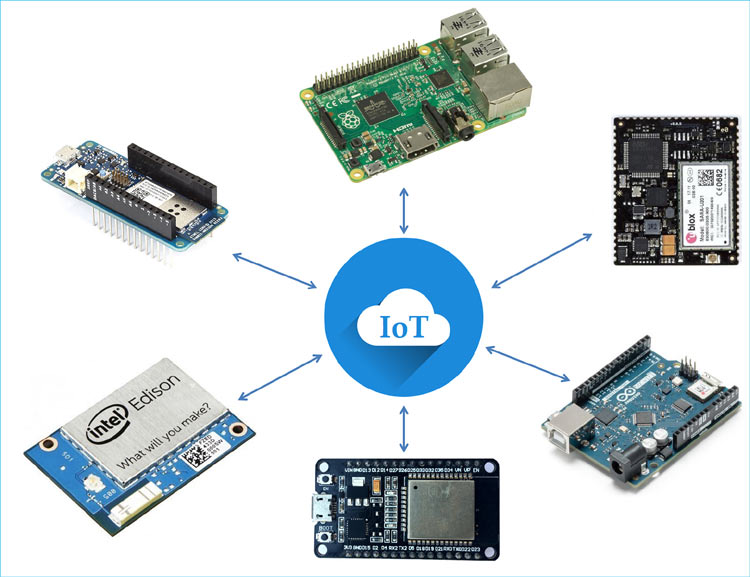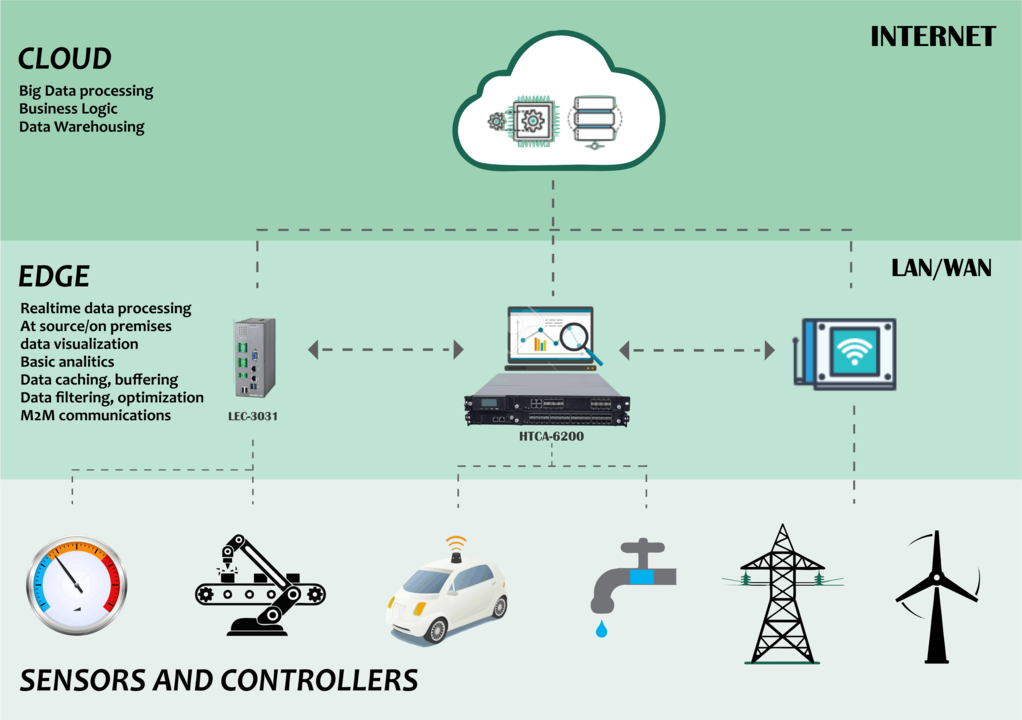Hello!
The concept of the Internet of Things (IoT) was officially named in 1999 by Keiv Ashton [1]. However, there were some examples of IoT used in research, universities, and companies before this date: for example the Coca Cola Vending Machine from the early 80s at Carnegie Melon University on which one could check using the internet if an item was available or was cold before going to take the item. I will write another extensive blog about the history of IoT.
Let’s start with “why do we need IoT?”
Many in the telecom, electronics, IT, automation, and manufacturing industries have been extensively talking about IoT in recent years. It has become popular because of the need to automate and control the objects in our homes, industries, hospitals, cities, and so on. Smart home applications, for example, air conditioning, lighting, and security systems are automatized without requiring human-to-human or human-to-computer interaction. Another reason for IoT development is the real-time accessibility of data from these objects. For instance, doctors and nurses can use IoT devices to have real-time monitoring of their patients remotely. We use parking sensors to have real-time data on the availability of the spaces and smart-grids to know the concurrent supply and demand of electricity.
This brings us to the question: What is IoT?
Internet of Things is a system of mechanical, digital, and computing devices that collect data, process it, and take an action based on the significance of the processed data. All the data collected is stored in the cloud and this whole mechanism is possible because of the Internet [2, 3].

To clarify this idea, we can take sensors as an example. Various applications use sensors including temperature sensors used in a smart thermostat, motion sensors used in lighting applications or smart driving, or distance sensors used in cars, smartphones, and watches. These sensors collect data and send it to a processing unit. This processing unit analyzes the data and takes action without involving a human.
Components of IoT
Let’s discuss the components associated with a simple IoT to elaborate on the above discussion. The basic components are Sensors, Local Processing Units, Local Storage, Network, Internet, Cloud Processing devices, and Cloud Storage. These components can be grouped as the IoT Stack.

- Device Hardware
These are the “things” in the Internet of Things. They collect data and act as interference between the real and digital worlds. Based on the type of data being collected, different kinds of hardware might be required. For simple applications, a sensor might be used. Sensors collect analog data from the environment and transform them into digital format. Besides, they act based on the command they receive from the processing units. However, for more complex applications microcontrollers like Arduino or embedded computers like Raspberry Pi are required. Microcontrollers and computers can house multiple sensors, local storage, processors, gateway, and so on.


- Device Software
This is the entity that makes the hardware “smart”. They process the data coming from sensors.
Device Software is integral as it helps to implement the communication to the cloud or other local devices. Also, one can add many functionalities using device software including abnormalities check of the device hardware, control them when such abnormalities occur, and forward only relevant information towards the cloud. For example, if a sensor is added to the engine of a tractor that senses its condition, this sensor collects thousands of bits of data which is not necessary to send to the cloud. If any error or warning is detected, then such data can be forwarded to the cloud for further processing.
To imply such computing that happens before the cloud, Intel calls it Edge computing and Cisco calls it Fog computing.
- Communications
Communications refer to the exchange of data among IoT devices and between IoT devices and the cloud. The IoT needs internet connectivity to send the data to the cloud.
Besides physical networks like Ethernet cables, various protocols are used to enable communication. A good example of a protocol used for communication between IoT devices is BACnet (BAC: Building Automation and Control). It is specifically used by systems used in a building like lighting control systems, fire alarm systems, and security systems [8]. Other examples of protocols include CoAP and MQTT which are machine to machine protocols, while HTTP is a web protocol and XMPP is an instant messaging protocol.
- Cloud Platform
Cloud Platforms are the backbone of IoT. Data communicated from hardware devices are sent to these platforms. Hence, the first feature of such platforms is data collection and management. The next feature is data analytics. This means the ability to find patterns, make predictions of what might happen, and give intelligence to the data collected. The business in IoT comes from these abilities. Some examples of cloud platforms are Google Cloud Platform, Microsoft Azure, IBM Watson, Amazon AWS, SAP, Salesforce, Thingworx, Cisco Cloud Connect, and so on.
- Cloud Applications
End-users interact with these applications. Depending upon the applicability, these apps can be for desktop computers, mobile phones, or wearables like smartwatches.
Cloud applications can be both external and internal apps. Human interaction with external apps in smartphones. Some examples are Tado, an app that lets to control home heating, Uber that connects the driver and passenger by sending locations and ratings, Blossom, an app that reminds homeowners when they need to water the plants, Whistle, a health tracker that can track any sports activities, location and sleep.
Conclusion:

IoT is being used in so many areas and its offers are expending due to the need to control and computerize things. The common components of IoT include device hardware, software, and the cloud. Further blog posts will discuss the electronics and business applications of IoT.
Ciao!
References:
[1]Harwood, T. 2019. Internet of Things (IoT) History. https://www.postscapes.com/iot-history/
[2] https://ocw.cs.pub.ro/courses/iot
[3] https://en.wikipedia.org/wiki/Internet_of_things
[4] https://iotworldmagazine.com/
[5] https://www.iotforall.com/iot-product-managers-guide-iot-technology-stack/
[6] https://circuitdigest.com/article/top-hardware-platforms-for-internet-of-things-iot
[7] https://www.cognitiveclouds.com/insights/the-internet-of-things-iot-tech-stack-explained/


One response
I am extremely impressed along with your writing skills as smartly as with the layout in your weblog.
Is that this a paid theme or did you customize it yourself?
Either way stay up the excellent quality writing, it’s rare to peer
a great weblog like this one nowadays..
Feel free to visit my homepage: https://royalcbd.com/